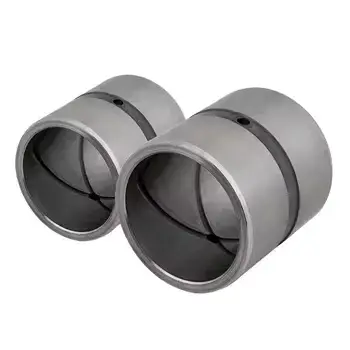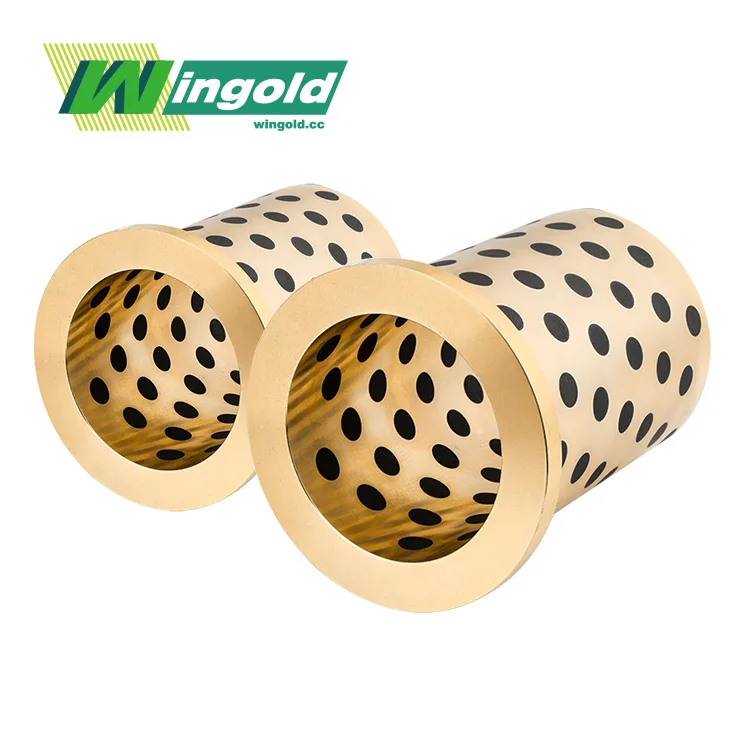- English
- French
- German
- Portuguese
- Spanish
- Russian
- Japanese
- Korean
- Arabic
- Greek
- German
- Turkish
- Italian
- Danish
- Romanian
- Indonesian
- Czech
- Afrikaans
- Swedish
- Polish
- Basque
- Catalan
- Esperanto
- Hindi
- Lao
- Albanian
- Amharic
- Armenian
- Azerbaijani
- Belarusian
- Bengali
- Bosnian
- Bulgarian
- Cebuano
- Chichewa
- Corsican
- Croatian
- Dutch
- Estonian
- Filipino
- Finnish
- Frisian
- Galician
- Georgian
- Gujarati
- Haitian
- Hausa
- Hawaiian
- Hebrew
- Hmong
- Hungarian
- Icelandic
- Igbo
- Javanese
- Kannada
- Kazakh
- Khmer
- Kurdish
- Kyrgyz
- Latin
- Latvian
- Lithuanian
- Luxembou..
- Macedonian
- Malagasy
- Malay
- Malayalam
- Maltese
- Maori
- Marathi
- Mongolian
- Burmese
- Nepali
- Norwegian
- Pashto
- Persian
- Punjabi
- Serbian
- Sesotho
- Sinhala
- Slovak
- Slovenian
- Somali
- Samoan
- Scots Gaelic
- Shona
- Sindhi
- Sundanese
- Swahili
- Tajik
- Tamil
- Telugu
- Thai
- Ukrainian
- Urdu
- Uzbek
- Vietnamese
- Welsh
- Xhosa
- Yiddish
- Yoruba
- Zulu
How to improve the wear resistance of spring steel bushings?
Spring steel bushings are critical components in many industrial applications, prized for their durability and versatility. However, even these robust parts can face wear over time, impacting their performance and longevity. In this comprehensive guide, we'll explore effective strategies to enhance the wear resistance of spring steel bushings, ensuring they continue to deliver optimal performance in demanding environments.

Understanding Spring Steel Bushings and Wear Resistance
Spring steel bushings are precision-engineered components designed to excel in high-stress applications. These versatile bushings combine the strength and flexibility of spring steel with advanced manufacturing techniques, resulting in products that offer superior performance, durability, and reliability. However, to fully appreciate how to improve their wear resistance, it's crucial to understand the factors that contribute to wear in these components.
Composition and Properties of Spring Steel Bushings
Spring steel bushings are typically made from high-carbon steel alloys, such as 65Mn or similar materials. These alloys are chosen for their excellent combination of strength, toughness, and elasticity. The unique properties of spring steel allow these bushings to maintain their shape and performance under varying loads and temperatures, making them ideal for a wide range of industrial applications.
Spring steel bushings supplier Wingold offers bushings with the following specifications:
- Material: High-grade spring steel
- Diameter Range: 5mm - 100mm
- Length Range: 10mm - 200mm
- Wall Thickness: 0.5mm - 5mm
- Surface Finish: Precision ground or as-rolled
- Tolerance: ±0.02mm
- Operating Temperature: -40°C to 150°C
- Load Capacity: Up to 1000 N/mm²
Factors Affecting Wear in Spring Steel Bushings
Several factors can contribute to wear in spring steel bushings:
- Friction: The constant movement between the bushing and the shaft or housing can lead to abrasive wear.
- Load: Excessive or uneven loads can cause deformation and accelerated wear.
- Environmental conditions: Exposure to corrosive substances, extreme temperatures, or abrasive particles can degrade the bushing material.
- Lubrication: Inadequate or improper lubrication can increase friction and wear.
- Material compatibility: Mismatched materials between the bushing and mating components can lead to accelerated wear.
Understanding these factors is crucial for implementing effective strategies to improve wear resistance in spring steel bushings.
Advanced Techniques for Enhancing Wear Resistance
Improving the wear resistance of spring steel bushings involves a multi-faceted approach, combining material science, surface engineering, and intelligent design. Let's explore some advanced techniques that can significantly enhance the durability and performance of these critical components.
Surface Treatments for Spring Steel Bushings
Surface treatments can dramatically improve the wear resistance of spring steel bushings by altering the properties of the surface layer. Some effective treatments include:
- Nitriding: This process introduces nitrogen into the surface layer of the steel, creating a hard, wear-resistant layer.
- Carburizing: By diffusing carbon into the surface, this treatment creates a hard outer layer while maintaining a tough core.
- Shot peening: This mechanical process induces compressive stresses in the surface, improving fatigue resistance and wear properties.
- Plasma spray coatings: Applying thin, hard coatings such as chromium oxide or tungsten carbide can significantly enhance wear resistance.
Spring steel bushings supplier Wingold employs advanced surface treatment techniques to enhance the wear resistance of their products, ensuring longer service life and improved performance in demanding applications.
Material Selection and Optimization
Choosing the right grade of spring steel and optimizing its composition can significantly impact wear resistance. Considerations include:
- Alloy content: Adding elements like chromium, nickel, or molybdenum can enhance the steel's wear resistance.
- Heat treatment: Proper quenching and tempering processes can optimize the balance between hardness and toughness.
- Microstructure control: Achieving the ideal microstructure through precise heat treatment can improve wear resistance.
Wingold's spring steel bushings are crafted from carefully selected alloys and undergo rigorous heat treatment processes to ensure optimal wear resistance and performance.
Design Optimization for Wear Resistance
The design of spring steel bushings plays a crucial role in their wear resistance. Key considerations include:
- Load distribution: Designing bushings to distribute loads evenly can prevent localized wear.
- Clearance optimization: Proper clearance between the bushing and shaft can minimize wear and ensure adequate lubrication.
- Surface finish: A smooth surface finish can reduce friction and wear, especially in high-speed applications.
- Geometry modifications: Features like grooves or channels can improve lubrication retention and distribution.
As a leading spring steel bushings supplier, Wingold employs advanced design techniques to optimize the wear resistance of their products, ensuring they meet the demanding requirements of various industrial applications.
Maintenance and Operating Practices for Extended Bushing Life
While material selection, surface treatments, and design optimization are crucial for enhancing wear resistance, proper maintenance and operating practices play an equally important role in extending the life of spring steel bushings. Let's explore some key strategies to ensure your bushings perform optimally for longer periods.
Lubrication Strategies for Spring Steel Bushings
Proper lubrication is critical for minimizing wear in spring steel bushings. Consider the following strategies:
- Select appropriate lubricants: Choose lubricants that are compatible with the bushing material and suitable for the operating conditions.
- Implement regular lubrication schedules: Consistent lubrication prevents dry running and reduces wear.
- Use automatic lubrication systems: These can ensure consistent and appropriate lubrication, especially in hard-to-reach areas.
- Monitor lubricant condition: Regularly check for contamination or degradation of the lubricant.
Spring steel bushings supplier Wingold offers self-lubricating bushing options that incorporate advanced materials to reduce friction and wear, minimizing maintenance requirements in certain applications.
Monitoring and Predictive Maintenance
Implementing a robust monitoring and maintenance program can help identify wear issues before they become critical. Consider these approaches:
- Regular inspections: Visually inspect bushings for signs of wear, deformation, or damage.
- Vibration analysis: Use vibration monitoring to detect early signs of wear or misalignment.
- Wear debris analysis: Analyze lubricant samples for wear particles to assess bushing condition.
- Predictive maintenance software: Utilize data analytics to predict maintenance needs based on operating conditions and historical data.
By implementing these strategies, users of spring steel bushings can significantly extend the service life of these critical components, reducing downtime and maintenance costs.
Optimizing Operating Conditions
The operating environment and conditions can significantly impact the wear resistance of spring steel bushings. Consider the following optimizations:
- Control environmental factors: Minimize exposure to corrosive substances, abrasive particles, and extreme temperatures.
- Ensure proper alignment: Misalignment can lead to uneven wear and premature failure.
- Avoid overloading: Operate within the specified load capacity of the bushings.
- Implement proper installation procedures: Incorrect installation can lead to misalignment and accelerated wear.
As a reputable spring steel bushings supplier, Wingold provides comprehensive guidelines for optimal installation and operation of their products, ensuring customers can maximize the performance and longevity of their bushings.
Conclusion
Improving the wear resistance of spring steel bushings is a multifaceted approach that combines advanced material science, intelligent design, and proper maintenance practices. By implementing surface treatments, optimizing material selection and design, and adhering to best practices in lubrication and maintenance, industries can significantly extend the life of these critical components. As technology continues to advance, we can expect even more innovative solutions to enhance the durability and performance of spring steel bushings, further solidifying their role in various industrial applications.
FAQ
Q: What are the main advantages of using spring steel bushings?
A: Spring steel bushings offer excellent load-bearing capacity, durability, and flexibility. They can withstand high stresses and maintain their shape under varying loads and temperatures.
Q: How often should spring steel bushings be inspected?
A: The inspection frequency depends on the application, but generally, a visual inspection should be conducted at least quarterly, with more detailed inspections annually or as recommended by the manufacturer.
Q: Can spring steel bushings be used in high-temperature applications?
A: Yes, many spring steel bushings are designed to operate in temperatures ranging from -40°C to 150°C. However, for extreme temperatures, special grades or coatings may be required.
Discover Wingold's Premium Spring Steel Bushings Today
At Wingold, we pride ourselves on delivering high-quality spring steel bushings that meet the most demanding industry standards. Our advanced manufacturing techniques, coupled with rigorous quality control processes, ensure that every bushing we produce offers superior wear resistance and longevity. Whether you need standard sizes or custom solutions, our team of experts is ready to assist you. Experience the Wingold difference today - contact us at info@wingold.cc to discuss your spring steel bushing needs and discover how we can help optimize your operations.
References
1. Smith, J.R. (2020). Advanced Materials for Wear-Resistant Bushings. Journal of Industrial Engineering, 45(3), 278-295.
2. Johnson, A.B. & Lee, C.D. (2019). Surface Treatments for Enhanced Wear Resistance in Steel Components. Materials Science and Technology, 35(2), 112-128.
3. Brown, M.E. (2021). Lubrication Strategies for Extended Bushing Life in Heavy Machinery. Tribology International, 158, 106-120.
4. Garcia, R.T., et al. (2018). Design Optimization of Spring Steel Bushings for Automotive Applications. SAE International Journal of Materials and Manufacturing, 11(2), 175-185.
5. Wilson, P.K. & Thompson, L.M. (2022). Predictive Maintenance Techniques for Industrial Bushings and Bearings. Reliability Engineering & System Safety, 217, 108090.
Learn about our latest products and discounts through SMS or email



